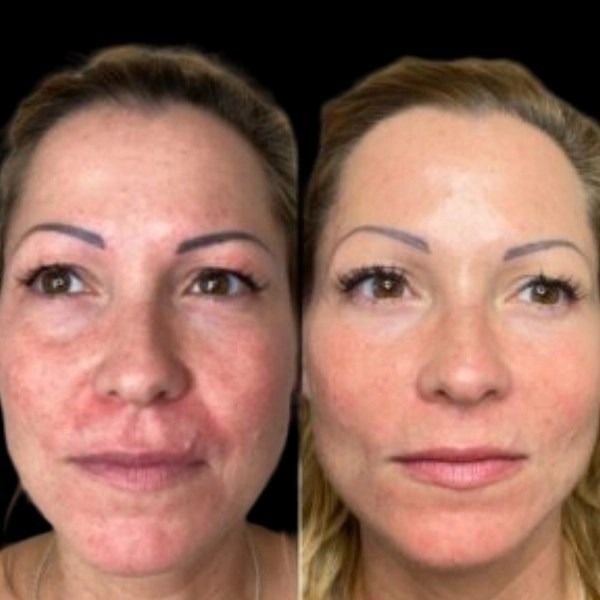The Hidden Risks: How Impurities Affect the Safety and Efficacy of Medications
Medications are designed to improve health and save lives, but the presence of impurities poses hidden risks that can compromise their safety and efficacy. Impurities in pharmaceuticals, whether they arise during the manufacturing process or are introduced through external factors, can reduce drug effectiveness, increase toxicity, and lead to dangerous health outcomes. Understanding the nature of these impurities and their potential impact on medications is crucial for maintaining drug quality and protecting patients.
What Are Impurities in Medications?
Impurities are unintended substances that find their way into pharmaceutical products. They can originate from several sources, including:
Do you want to visit Char Dham? Char Dham Travel Agent is the best place to plan your Char Dham tour. You can book the tour from here.
- By-products of Chemical Synthesis: The process of synthesizing active pharmaceutical ingredients (APIs) often involves complex chemical reactions. Unintended by-products from these reactions can result in impurities that may be difficult to remove completely.
- Degradation Products: Over time, drugs can degrade due to exposure to environmental factors like heat, moisture, and light. This degradation can produce harmful substances that alter the drug’s safety profile.
- Residual Solvents and Reagents: Solvents and reagents used during drug production may not always be fully removed, leaving trace amounts that can affect drug quality.
- Contaminants from Packaging: The interaction between drug products and their packaging materials can lead to contamination. For example, certain plastics or metals may leach chemicals into the drug over time.
Impact of Impurities on Drug Safety
The presence of impurities can pose significant risks to patient safety, with potential effects that range from mild to life-threatening:
- Increased Toxicity: Some impurities are inherently toxic and can cause adverse reactions even at low concentrations. For instance, metal contaminants like lead or mercury can be highly harmful to patients, leading to organ damage or other severe health problems.
- Allergic Reactions: Certain impurities can trigger allergic responses in sensitive individuals. These reactions can vary from mild skin irritations to severe anaphylaxis, requiring immediate medical attention.
- Unexpected Side Effects: Impurities may introduce unintended pharmacological effects, leading to unpredictable and harmful side effects. This is particularly concerning when impurities mimic or alter the action of the API.
- Long-Term Health Risks: Chronic exposure to certain impurities, such as carcinogens, can increase the risk of developing long-term health conditions like cancer. This is especially concerning for medications taken over extended periods.
Impurities and Drug Efficacy
Would you like to visit Indiar? A tour operator in India is the best place to plan your tour. You can book a tour from here.
Impurities not only affect drug safety but can also compromise their therapeutic effectiveness:
- Reduced Potency: Impurities may interfere with the API, reducing its potency and diminishing its ability to treat the intended condition. For example, in antibiotics, impurities can decrease the drug’s effectiveness against infections, leading to treatment failure.
- Impaired Absorption: Impurities can alter how a drug is absorbed, distributed, or metabolized in the body. This can lead to inadequate therapeutic levels of the medication, reducing its overall effectiveness.
- Shortened Shelf Life: Degradation impurities formed over time can decrease a drug’s shelf life, making it less effective before its expiration date. This poses a particular risk in medications that require long-term storage, such as vaccines or emergency treatments.
Regulatory Guidelines and Control of Impurities
To mitigate the risks posed by impurities, regulatory bodies such as the U.S. Food and Drug Administration (FDA) and the European Medicines Agency (EMA) have established strict guidelines governing the acceptable levels of impurities in pharmaceuticals. These guidelines ensure that manufacturers:
Would you like to visit Haridwar? Travel agents in Haridwar are the best place to plan your trip. You can book your tour right here.
- Identify and Quantify Impurities: Drug manufacturers must use advanced analytical methods, such as high-performance liquid chromatography (HPLC) and gas chromatography (GC), to detect and quantify impurities in drug products.
- Assess Toxicity: Once impurities are identified, manufacturers are required to assess their toxicity and determine acceptable exposure limits to ensure patient safety.
- Implement Good Manufacturing Practices (GMP): GMP regulations mandate strict controls on the production environment, equipment, and procedures to minimize the introduction of impurities throughout the drug manufacturing process.
Addressing Impurities in Drug Development
The pharmaceutical industry employs various strategies to control impurities during drug development and production:
- Process Optimization: Careful design and optimization of the manufacturing process can reduce the formation of impurities. This includes fine-tuning reaction conditions such as temperature, pH, and solvent selection to minimize side reactions.
- Purification Techniques: Once the API is synthesized, manufacturers use purification techniques like crystallization, distillation, and filtration to remove impurities. These methods help ensure that the final product meets purity standards.
- Stability Testing: Drugs undergo stability testing to assess how they degrade over time under different environmental conditions. This testing helps identify potential degradation products and ensures that drugs remain safe and effective throughout their shelf life.
Conclusion
The hidden risks posed by impurities in medications highlight the importance of rigorous quality control in pharmaceutical manufacturing. Impurities can affect both the safety and efficacy of drugs, leading to potentially harmful outcomes for patients. By implementing strict regulatory guidelines, advanced testing methods, and optimized manufacturing processes, the pharmaceutical industry can minimize these risks and ensure that medications remain safe, effective, and reliable. Through ongoing research and innovation, manufacturers continue to improve their ability to detect, control, and eliminate impurities, maintaining the high standards required for modern pharmaceuticals.







